Wimax Advantages
Wimax stands for Worldwide Interoperability for Microwave Access services brings long time term evolution in wireless data market. WiMax Technology is facing many hurdles in market while it has some great advantages which make it a technology of todays. The advantages of Wimax Technology are discussed in details below.
Wimax Coverage:
The single station of Wimax can operate and provide coverage for hundred of users at a time and manage sending and receiving of data at very high speed with full of network security.
Wimax High Speed:
The High speed of connectivity over long distance and high speed voice makes it more demanded in hardly populated areas plus compacted areas.
Multi-functionality within Wimax Technology:
Wimax Technology perform a variety of task at a time such as offering high speed internet, providing telephone service, transformation of data, video streaming, voice application etc.
Potential and development:
Wimax Technology is a great invention for new Era because Wimax has enough potential for developing and opportunity to offer various types of services for new generation. Now you can connect internet anywhere and browse any site and make possible online conference with mobile internet, multimedia application never let you bored, IPTV stay you up to date etc.
Stay in touch with end user:
Wimax network always keep stay in touch with your friends and all others using same Wimax network because it provide absolute communication service to the end users to make possible rich communications.
Wimax Infrastructure:
Wimax infrastructure is very easy and flexible therefore it provides maximum reliability of network and consent to actual access to end users.
Wimax, cheap network :
Wimax is a well known wireless network now days because it provide a low cost network substitute to internet services offered via ADSL, modem or local area network.
Wimax Rich Features:
Wimax Technology is offering rich features which make it useful. Wimax offers separate voice and data channel for fun, the semantic connection make your network more secure then before, fast connectively, license spectrum, liberty of movement etc.
Wimax and Wifi:
The Wimax network providing much higher speed and very long range as compared to WiFi Technology.
Smart antenna and Mesh Topology:
The use of smart antenna in Wimax network offering high quality widest array which enable you to make possible communication on long route without any encryption. It offers 2.3, 2.7, 3.3, 3.8GHz frequency ranges. The use of Mesh topology in Wimax network for the expansion is an extensive spectrum of antennas for commercial as well as for residential users.
Ultra wide Band :
The unique and excellent infrastructure of Wimax is offering Ultra-Wideband. Its exclusive design is providing range from 2 to 10 GHz and outstanding time response.
Homeland Security:
Security options of Wimax Technology also offer very high security because of encryption system used by Wimax. The Wimax is providing exclusive homeland security. Now you can exchange your data on whole network without any fear of losing data.
Lack of history:
The best advantage of Wimax vendor technology is lack of history within mobile industry for protection. Wimax push the existing technologies and forward on steady stream. Only Wimax technology offers first major mobile standard to all mobile broadband infrastructures. It is a foremost mobile transporter. WiMAX technology support both wireless and wired network including cable operator which are now successful due to core networks of Wimax.
In short Wimax have great advantages such as it has ability to perform an exclusive list of services over a single station. Wimax decrease in operating and capital expenditure. The development of application is often a competitive edge.


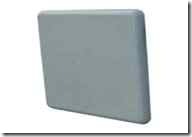
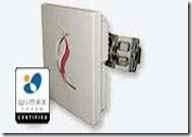

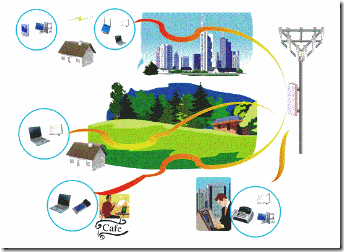
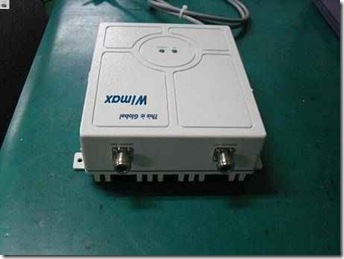
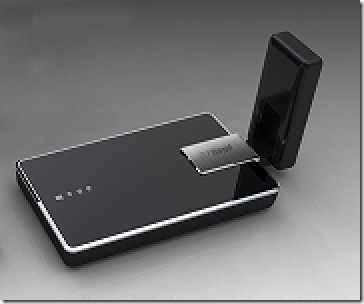
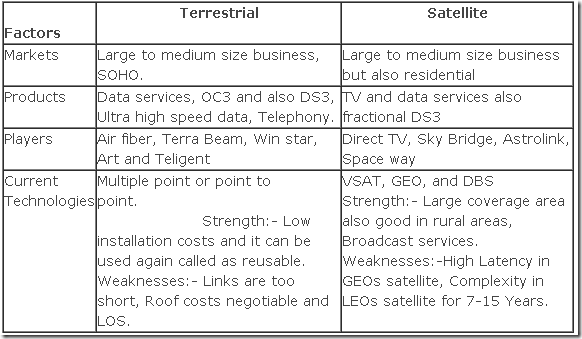
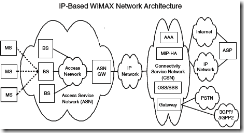
 Previous Article
Previous Article





